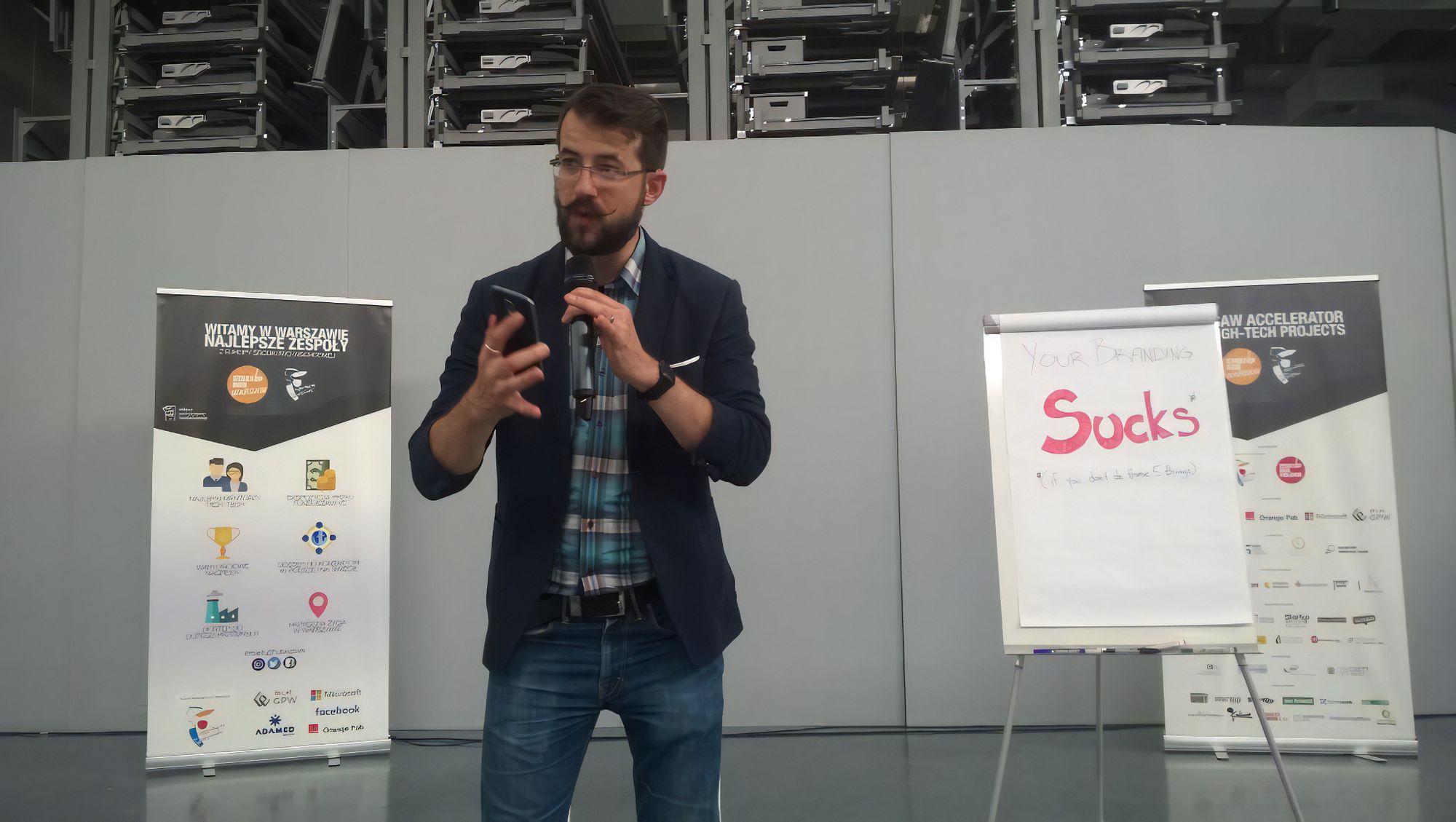As part of the Founder Institute’s new series of free online startup events for entrepreneurs practicing social distancing, we were pleased to welcome Phil Libin of All Turtles and Evernote on Tuesday, July 21st (10:30am PDT) for a live, interactive webinar event discussing a model that will help startups grow.
When building a strategy for your startup growth, you will encounter no shortage of formulas, ratios, and conflicting advice on the best practices. On this live online event, Phil Libin (CEO of All Turtles, Co-Founder / Former CEO of Evernote) will outline a model that simplifies the creation and analysis of your customer acquisition and retention strategies. By using Phil's method, you will be able to easily map out your customer journeys and stories, analyze what is working, determine how to allocate resources, and more. Don't miss this opportunity to learn from one of the world's foremost startup experts.
About the speaker
Phil Libin is the Co-founder and CEO of All Turtles, a company that builds AI products with offices in San Francisco, Tokyo, and Paris. He founded All Turtles in 2017 to create products that address real-world problems using AI. Prior to All Turtles, Phil was the Managing Director at General Catalyst where he is currently a Sr. Advisor. Previously, Phil was also the co-founder and CEO of Evernote.
The full webinar
TIMESTAMPS
0:05 - Phil Libin intro
1:00 - Relevant Tweet - when times are tough, it’s a good time to build things
1:49 - How do you know how well a product is doing?
3:33 - The Amazing State Machine - That Answers All Startup Growth Questions
3:45 - What’s a state machine?
5:48 - How often to draw a state machine
11:05 - Explaining when to get more first time users
12:10 - Bounce rate, a more important line
14:50 - Low-value users to inactive users
15:05 - High-value users to inactive users
15:41 - Measuring the right things
16:15 - Definition of “high value” user
17:11 - Examples of 3 misaligned company strategies
19:13 - Example of companies that are well aligned
20:02 - “Resurrection” — bringing users from inactive to active users
20:57 - From low-value users to high-value users
22:40 - From first time users to high-value users
23:53 - Keeping people in the “high-value user” category
24:27 - This graph works for money as well!
24:39 - Explanation
26:02 - Mapping a user’s journey Q+A Section
28:54 - In terms of impact measurement, how do you measure the impact of technical debt and employee turnover?
33:37 - Are there strategies to adopt to transition low-value users or nonusers into high-value users?
36:45 - How are you levering these tactics to gain user adoption for your latest startup, “mmhmm”? What’s your journey been like?
39:45 - How do you distinguish the amount of use time that should differentiate between bounce and churn?
42:15 - How do you track when a user moves from one category to another? What are the measurements or metrics you use?
43:55 - What tools Phil recommends to track changes
45:30 - How versatile is this model? Would it work for a service business AND product business?
48:35 - In your diagram, how do you reconcile what high-value users pay?
52:10 - Aligned incentives vs misaligned business models?
56:32 - What advice would you give to someone who is just starting their startup journey? What do you wish someone had told you?
* * *
Graduates of the Founder Institute are creating some of the world's fastest growing startups, having raised over $950M in funding, and building products people love across over 185 cities worldwide.
See the most recent news from our Grads at FI.co/news, or learn more about their stories at FI.co/journey.



